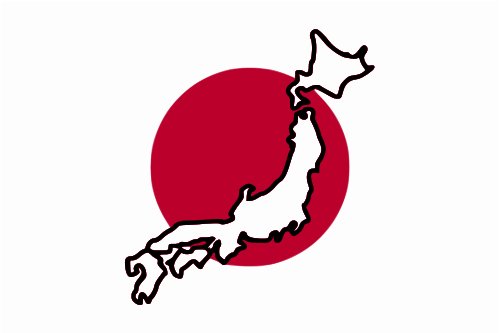Trump’s Trade Deal: A New Chapter in U.S.-Japanese Trade Relations
The ability of two nations to engage freely in trade is a cornerstone of the modern globalized economy. With that said, a nation must also look out for its own economic interests and be able to engage in bilateral negotiations in order to adequately defend those interests. That is why October’s bilateral trade deal between the U.S. and Japan should be considered a success.
To begin, it is an economic victory for both sides. For Japan, the U.S. will eliminate and/or reduce roughly 42 tariff lines on Japanese agricultural imports and liberalize its tariff rate quota for imports on Japanese food goods such as beef and confectioneries. Japan is currently the U.S.’s 4th largest goods trading partner, with roughly $217.7 billion in total two-way goods trade during 2018, the two nations also exchange $79.9 billion in services trade between each other. This deal only further liberalizes market access between the powerhouses, enabling them to access and participate to a greater extent in each market.
For the U.S., the agreement ensures that over 90% of its food and agricultural exports to Japan will either be duty free or be receiving preferential tariff access. Considering that out of the $14.1 billion in U.S. food and agricultural products imported by Japan in 2018, only $5.2 billion were duty free, this is a massive victory for American farmers. The agreement also introduces several comprehensive provisions that tackle issues surrounding digital trade e.g. the assurance of non-discriminatory treatment of digital products, including coverage of tax measures, and mutual prohibitions on imposing customs duties on digital products transmitted electronically such as videos, e-books, and software.
Of course, several areas of contention remain following this first deal such as issues with automotive trade, where Japan has refused to cut tariffs on American cars. As a result, the U.S. refused to eliminate the existing 2.5% tariffs on Japanese vehicles and major auto parts. Additionally, U.S. bio-pharmaceutical companies in Japan account for 20 percent of the market and yet are being systematically targeted in policy reforms by the Japanese National Diet. Discriminatory measures against U.S. firms with R&D intensive divisions is set to harm innovation, which itself is crucial to greater economic development.
These issues are nothing new as Japan ranks 36/86 globally in the International Trade Barrier Index, an index evaluating the free market measures implemented by nations, and according to Philip Thompson, author of the index, “since Japan began opening its market to international trade in the 1800s it has reaped the benefits of low trade barriers.” Thompson also stated that “Japan easily recognizes the importance of using trade negotiations to not only lower tariffs, but to further rules-based trade to make trade facilitation smoother, predictable, and transparent. The digital rules in USJTA are really a big win for both countries.”
Both Prime Minister Abe and President Trump have repeatedly stated that this is only the “first stage” in a more comprehensive trade agreement between the two countries; hence, this means that the deal is only a steppingstone and should be viewed as such. There is great interest on both sides of the Pacific to see further trade liberalization in the automotive industry, stronger rules to enforce intellectual property rights, and in Japan’s price controls in the pharmaceutical sector.
In conclusion, last month’s trade deal demonstrates a positive development for U.S.-Japanese relations. Japan is one of America’s strongest military and economic allies, and this deal only further solidifies both countries continued willingness to strengthen and deepen existing ties.
Photo Credit Haugenzhays Zhang


